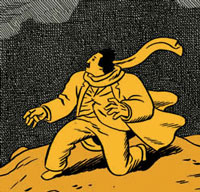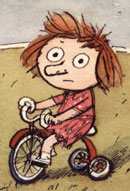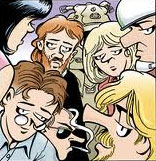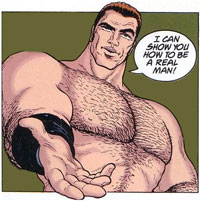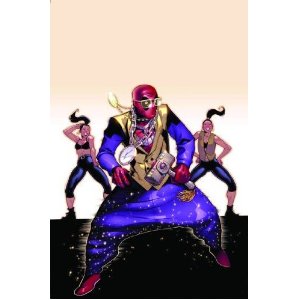
By Grant Morrison
Spiegel & Grau 2011
Grant Morrison is a decisive subject in comics. Many love his work. Many love to hate his work. Many just don’t know what to think of him.
What Morrison delivers with Supergods is a unique text about comics. It is part history, part deconstructionist analysis, part personal memoir, part reflexive view of his own work. It is a varied and interesting book that provides some fascinating insight into his ideas about the superhero.
The book follows a basic chronological structure that is divided along 4 ages: Golden Age, Silver Age, Modern Age, and Renaissance (starting the late 1990s). He deconstructs covers of famous comics such as Action #1, Detective #27, and The Dark Knight Returns #1. Certain key characters and stories are reflected on. It is not really any unique ground that is tread as far as the history of comics is concerned, were it not for Morrison’s uncanny intellectualizing of the materials in a way that augments their historicism with a psychological attention reflection on the material. Continue reading REVIEW: Supergods – What Masked Vigilantes, Miraculous Mutants, and a Sun God from Smallville Can Teach Us About Being Human
